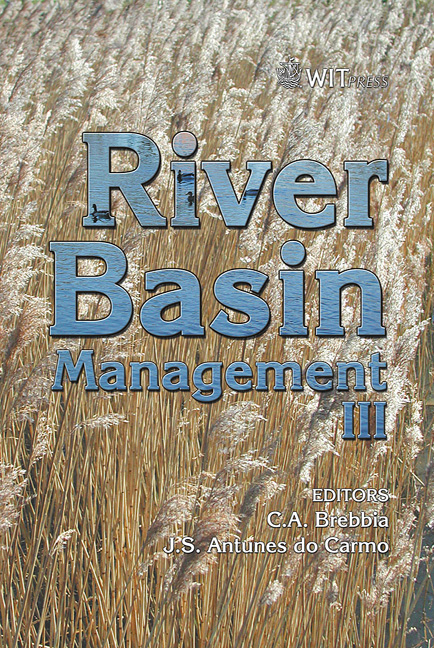Welfare Economic Assessments Of Nitrogen Losses From Agriculture To River Basins And Other Water Bodies
Price
Free (open access)
Transaction
Volume
83
Pages
9
Published
2005
Size
288 kb
Paper DOI
10.2495/RM050291
Copyright
WIT Press
Author(s)
B. Hasler, B. H. Jacobsen & J. D. Jensen
Abstract
The welfare economic consequences of reductions in nitrogen loading to the aquatic environment in Denmark are analysed with the purpose of assessing the cost-effectiveness of different abatement measures and instruments. The analyses cover a broad range of instruments and measures. These include: nitrogen taxes at sector level implemented as deposit refund systems, fertiliser accounts and nitrogen quotas, requirements on utilisation of livestock manure, restrictions on livestock density, set aside, forestation and wetland restoration. Based on the analyses the conclusions are that deposit refund taxes at sector level are the most cost effective instrument at national level, while other instruments and measures have to be used to reduce nutrient emissions further in especially sensitive areas. These areas are not identified yet, and the cost of action will depend on the localisation. However, voluntary wetland restoration seems to be the most cost-effective because the effects on nitrogen loading are superior to forestation and set aside. Keywords: nitrogen loading, cost-effective measures, general and local management. 1 Introduction Nutrient enrichment and eutrophication of river systems and other water bodies are unwarranted effects of the agricultural production in Denmark. Despite a large political awareness of the negative exposures and impacts from nutrient loads to the water bodies since the 1980’ies, this is still an important environmental problem in Denmark (cf. Andersen et al. [1]). The Danish Action Plans for the Aquatic Environment I and II from 1987 and 1998, respectively,
Keywords
nitrogen loading, cost-effective measures, general and local management.





